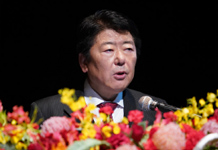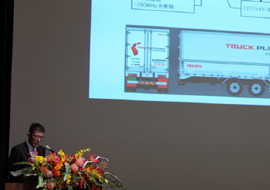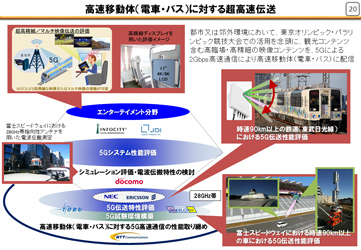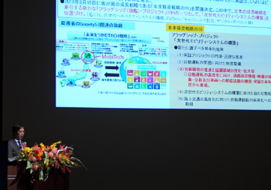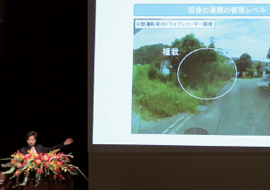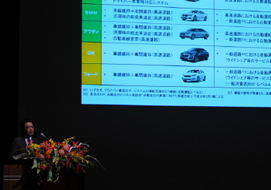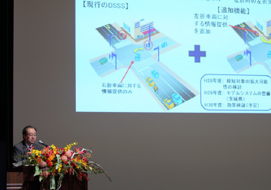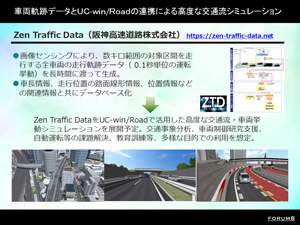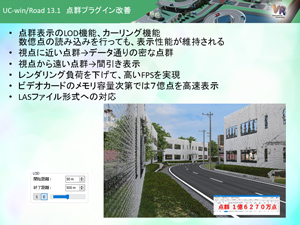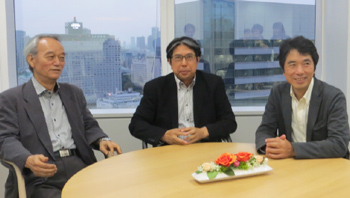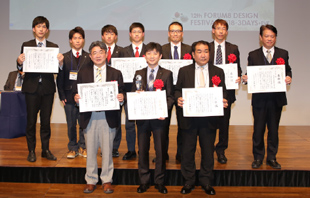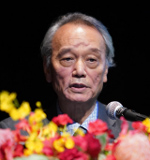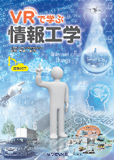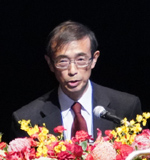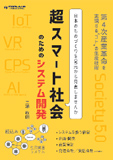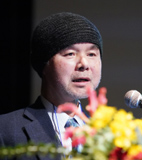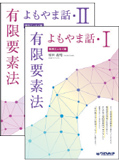| Day1 11/14 Wed | The 19th UC-win/Road Conference Autonomous Driving Conference |
 |
|||
Accelerating Development of Technology and System towards Realization of Automated Driving
| Day1 of Design Festival (November 14, 2018) started with an opening address by Yuji Ito, President and Chief Executive Officer of FORUM8. Following this, Mr. Naohiko Kakimi, Director, ITS and Autonomous Driving Promotion Office, Automobile Division, Manufacturing Industries Bureau, Ministry of Economy, Trade and Industry (METI) gave a special lecture entitled "Our Commitment to Autonomous Driving in METI" to start <Automated Driving Conference> of "The 19th UC-win/Road Conference". First of all, he expressed expectation on "mobility revolution" and "rich life". Then he summarized the efforts towards technological development, system development, excavation of leading business operators, and improvement in social reception to be required for them. Regarding development of the legal system, he mentioned "Outline of system development for automated driving systems" formulated in April, and explained the examination status of the following points: 1) Integrated safety securement, 2) Concept of safety securement of automated driving vehicles, 3) The way that traffic rules should be, and 4) Responsibility relationship. Then he gave an outline about the policies and demonstration in the 2nd stage of "Automated driving (expansion of systems and services)" of The Cross-ministerial Strategic Innovation Promotion Program (SIP) led by Cabinet Office, which he has been working for as a sub leader of the taskforce since April. Regarding this, he also mentioned the area for the planned demonstration test in the Tokyo waterfront area and detailed contents to implement. |
|
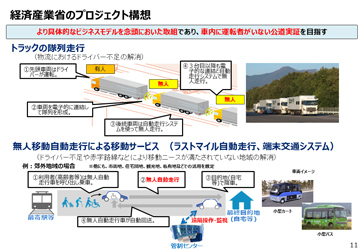 |
|
The following special lecture was given by Mr. Gaku Nakazato, Director, New-Generation Mobile Communications Office, Land Mobile Communications Division, Radio Department, Telecommunications Bureau, Ministry of Internal Affairs and Communications (MIC), entitled "Trends towards the mobility system of the next generation and commitments of MIC".
At the beginning, he summarized the positions of "Construction of the mobility system of the next generation" in "Future Investment Strategy 2018", "Public-Private ITS Initiative/Roadmaps 2018", "Outline of system development for automated driving systems", and information-communication infrastructure development in the 2nd stage of "Automated driving (expansion of systems and services)" of SIP. At the same time, he also gave a brief account of government-private large projects related to automated driving proceeding in Western countries and trends of technological development and marketing for automated driving in and outside the nation. Then he reviewed the flow of progress of mobile communication systems, and advanced his speech into the 5th Generation Mobile Communications system (5G), which is expected to have almost real-time control required for automated driving with ultra-low latency enabled by acceleration and capacity enlargement of mobile communications as new technology of 2020's. MIC is planning to commercialize 5G by 2020 when the Tokyo Olympic Games and the Paralympic Games will be held, and dispatch demonstration of examples of specific uses. MIC is planning to assign frequencies for 5G to companies by March 2019, and also conducting demonstration tests along with research and development. Therefore, he also mentioned the overview of the demonstration projects, their partial outcome, and ongoing activities. In addition, according to him, MIC plans not only to invite ideas widely about utilization of 5G including automated driving but also focus on developing diverse kinds of technologies and communication environment on its own by 2020 as a target year.
At the end of the morning part, a special lecture entitled "Activities towards realization of automated driving services" was given by Mr. Katsuya Abe, Director, ITS Policy and Program Office, Road Traffic Control Division, Road Bureau, Ministry of Land, Infrastructure, Transport and Tourism (MLIT).
As the background of why Road Bureau makes efforts to realization of automated driving in the hilled rural areas, he explained some problems of mobility such as rapid aging and decline of public transportation. He also mentioned the present situation that functions including medical services, administration, finance, and shopping are put together around many of "Michinoeki (roadside stations)" established all over the nation at about 1,400 points. He talked about the circumstances that had made MLIT start social experiments of automated driving services using road-vehicle cooperation based in the "roadside stations" situated in hilly and mountainous areas in the 2017 fiscal year with budget support from SIP. The experiments have been conducted to examine 1) Reaction of the road administrators such as road structure that contributes to automated driving, 2) Regional environment such as weather conditions and communication conditions, 3) Cost, 4) Social receptivity, and 5) economic effects on the region. As part of them, he talked about the change in awareness and requests of the residents about automated driving before and after the experiments seen through the questionnaire about social receptivity, and the event (problem) that automated driving was switched to manual driving during the experiments. Subsequently, he mentioned the aim of this fiscal year, that is, social implementation by 2020, and that put emphasis on verification of whether this can be realized as a business model. He gave a brief account of the business model with automated driving of ongoing demonstration experiments based in "Minami Alps Murahase" (Ina city in Nagano pref.) and its operation system. Besides, he introduced activities such as 1) support for automated driving by providing information at the merging area of expressway, 2) developing electronic road databases with three-dimensional point cloud data in consideration of utilizing them for automated driving.
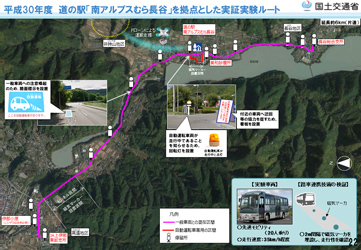 |
|
In the afternoon, Mr. Keiji Furuya, a member of the House of Representatives (serving as President of "Parliamentary group for considering Automobile Culture" etc.) gave a guest greeting speech. While mentioning the present situation of a labor shortage in Gifu pref., his local region as an example and expectation for the Chuo Shinkansen, he envisioned the possibilities in brought about by automated driving, which will become full-fledged based on utilization of 5G to come. He explained the view that the efforts in the concerned area would be the keystone of growth strategies.
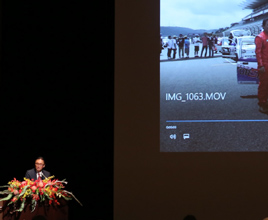 |
| Mr. Keiji Furuya, President of "Parliamentary group for considering Automobile Culture", Member of the House of Representatives |
The first special lecture was "Efforts towards realization of automated driving" given by Mr. Takahiro Hirasawa, Director, Automated Driving Strategy Office, Engineering Policy Division, Road Bureau, MLIT.
He outlined the significance and definition of automated driving, and trends of automated driving technologies of automobile manufacturers. At the same time, he also explained the latest version of "Public-Private ITS Initiative/Roadmaps", which draws a scenario for marketing and implementation of services of automated driving systems, such as realizing level-3 automated driving with a private car on expressways by 2020 (by 2025 for level-4). Then, partly because MLIT is concerned in "Concept of safety ensuring of vehicles" and "responsibility relationship" among the main activities in "Outline of system development for automated driving systems", he explained a wide range of activities as follows: 1) Establishment of Autonomous Driving Strategy Headquarters in MLIT, 2) Leading participation in formulation of the international vehicle safety standards regarding automated driving, 3) Preparation of "Guideline to safety technologies for automated driving vehicles, 4) Examination of car maintenance and inspection that support automated driving technologies 5) Establishment of Transport policy council "Subcommittee for system development regarding advanced technologies including automated driving", 6) Examination of liability for damages for automated driving, 7) Examination regarding introduction of automated driving vehicles into vehicle transportation business, 8) Dissemination and awareness raising of "Safety Support Car S" and establishment of a system for evaluating and publicizing performance of automatic brake and as part of this, 9) Attention reminding for users regarding the automated driving system on level 2, and 10) Demonstration experiments (last-mile autonomous travelling, truck convoy travelling etc.).
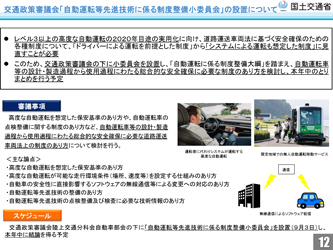 |
|
The last special lecture for the conference was given entitled "NPA's Efforts towards realization of automated driving" by Mr. Toshihiro Sugi, Director, Autonomous Driving Planning Office, Traffic Planning Division, Traffic Bureau, National Police Agency (NPA).
He mentioned that the aged people account for a high proportion in the number of traffic accident fatalities in Japan. Then he mentioned compatibility of automated driving with the basic idea of the Fundamental Traffic Safety Program that has reached 10th. He then said that they aim at realizing Level 3 on the expressways by 2020, referring to NPA as being involved most with "What traffic rules should be" in "Outline of system development for automated driving systems". Subsequently, he showed his own point of view that automated driving is an indispensable technology for reduction of traffic accidents or mitigation of traffic jam and that he supports its progress. Reflecting these points, he presented research and development of NPA towards practical implementation of automated driving systems as follows: 1) Formulation of "Guidelines for public road testing of automated driving systems" and "Standards for managing application of approval for use of road regarding public road testing of remote automated driving systems" to prepare an environment for public road demonstration test, 2) Examination of the driver’s obligation, how to keep data, traffic rules with the relationship between other party concerned and automated driving as its core, including Review of Road Traffic Act, 3) Participation in global discussion, for example, regarding how to ensure compatibility of automated driving with regulation of Geneva Conventions, 4) Practical implementation of automated driving such as the technology for providing signal data and technology for providing detection information about vehicles and pedestrians etc.
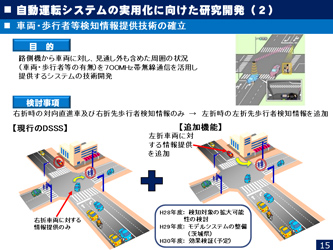 |
|
After these special lectures, the first half of the afternoon part was concluded by "Virtual Reality Design Studio UC-win/Road Presentation". First of all, FORUM8 staff in charge made presentation entitled "Case studies and future vision of VR simulation – Utilization of automated driving/ADAS package and game engines". The contents included the overview of "Hokkaido VR Promotion Council" that started this year, characteristic user examples utilizing UC-win/Road Driving Simulator (DS), major new functions of the latest version of UC-win/Road (Ver.13, released in Feb. 2018) and subsequent Ver. 13.1 (released in Nov. 2018), Outline of functions of the automated driving and ADAS package planned to be released in 2019, "Railroad operator VR" using game engine, an integrated all-in-one 3DCG application "Shade3D series", and "VR-Cloud ® Next" supporting big data.
Finally, FORUM8 staff in charge of development made presentation entitled "The latest information of UC-win/Road, and new development of built-in status and VR-Cloud ® Next". The speaker’s explanation included new functions of "UC-win/Road Ver. 13.1" coming in the market immediately, UAV plug-in option Ver.3, and functions of UC-win/Road under development. Moreover, the speaker also explained the development concept and functions of VR-Cloud ®Next, its system configuration, use examples, and development roadmap in the future etc. while performing demonstration.

| The 17th 3D VR Simulation Contest on Cloud, Award-giving ceremony |
Day1 |
Works That Challenge Potential of VR, Representing Bold Idea and Original View of the World
|
|||||||||
